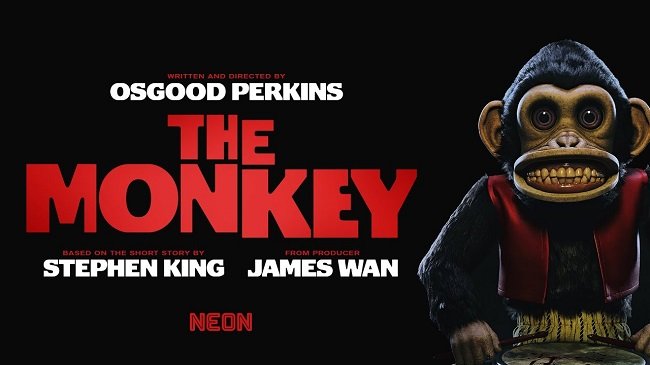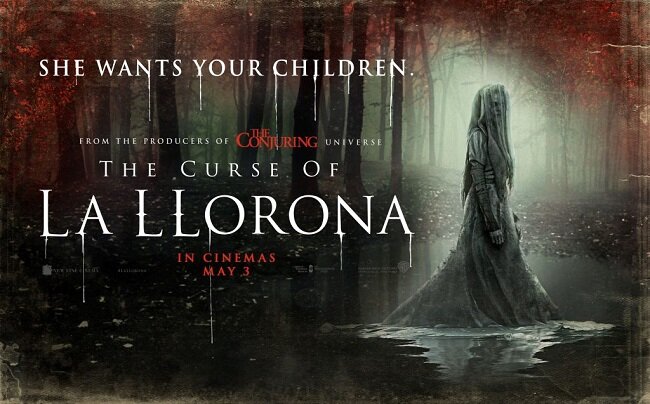Tales That Witness Madness (1973)
I have a soft spot for portmanteau horror films, especially those made in the UK during the seventies. They often have an impressive cast of character actors and offer a snapshot of fashion, culture and sensibilities from the times. However, their weakness often lies with the inconsistency of the various stories. These can range from the outstanding, to what can best be described as filler. Furthermore, although the latter category have just as short a running time as the other vignettes, it is always the poor ones that seem to drag and disrupt the flow of the film. Tales That Witness Madness does not suffer too badly from this problem. Out of the four stories that are featured two stand out and two others are just average and not overtly bad. However, irrespective of potential narrative inconsistencies, there are some good ideas and a ghoulish streak running throughout the fill’s ninety minute running time.
Tales That Witness Madness is not an Amicus production but instead made by World Film Services. Efficiently directed by Freddie Francis, the framing story set in a high security psychiatric hospital sets an interesting tone. It is a brightly lit, modern environment and a far cry from the typical gothic asylums that are de rigueur in the horror genre. Jack Hawkins (dubbed by Charles Gray) and Donald Pleasance effortlessly navigate through their respective roles as two Doctors discussing cases. The first story, “Mr.Tiger”, is by far the weakest and is no more than the sum of its parts. A young boy has an imaginary friend who happens to be a tiger. It subsequently kills his parents who are constantly bickering. No explanation or deeper motive is provided. The second tale, “Penny Farthing”, packs a lot more into its duration including time travel, murder and a fiery denouement. It doesn’t make a lot of sense when thought about but it is a creepy vignette.
“Mel” is by far the oddest and most interesting story on offer. While out running Brian (Michael Jayston) finds a curious tree that has been cut down. He brings it home and places it in his lounge, much to his wife Bella’s annoyance (Joan Collins). Fascinated by the tree, which has the name Mel carved into it, he lavishes it with attention. Bella becomes jealous and decides to get rid of her rival. Naturally the story has a twist. There’s also a lurid dream sequence featuring Mel attacking Bella that predates The Evil Dead. The final story “Luau” about Auriol Pageant (Kim Novak) whose new client Kimo (Michael Petrovich) has designs on her daughter Ginny (Mary Tamm) is formulaic. The finale featuring a feast to appease a Hawaiian god is somewhat obvious. The climax of the framing story is also somewhat perfunctory but it does neatly conclude the proceedings.
The portmanteau horror sub genre has on occasions surpassed itself with such films as Dead of Night and Creepshow. But the inherent risk of providing a “visual buffet”, is that like the culinary equivalent, they’ll always be something you don’t like or that has been added because it’s cheap and easy. There is an element of this in Tales That Witness Madness. However, when reflecting upon not only British horror films from the seventies but other genres as well, one must remember that cinema was still a major source of entertainment and that a lot of the material was quickly produced to fill gaps in the market that TV could not provide at the time. With this in mind, Tales That Witness Madness may not be especially entertaining to the casual viewer. The more dedicated horror fan may find it more entertaining and of interest as an example of a specific sub genre that has fallen into decline in recent years.




























